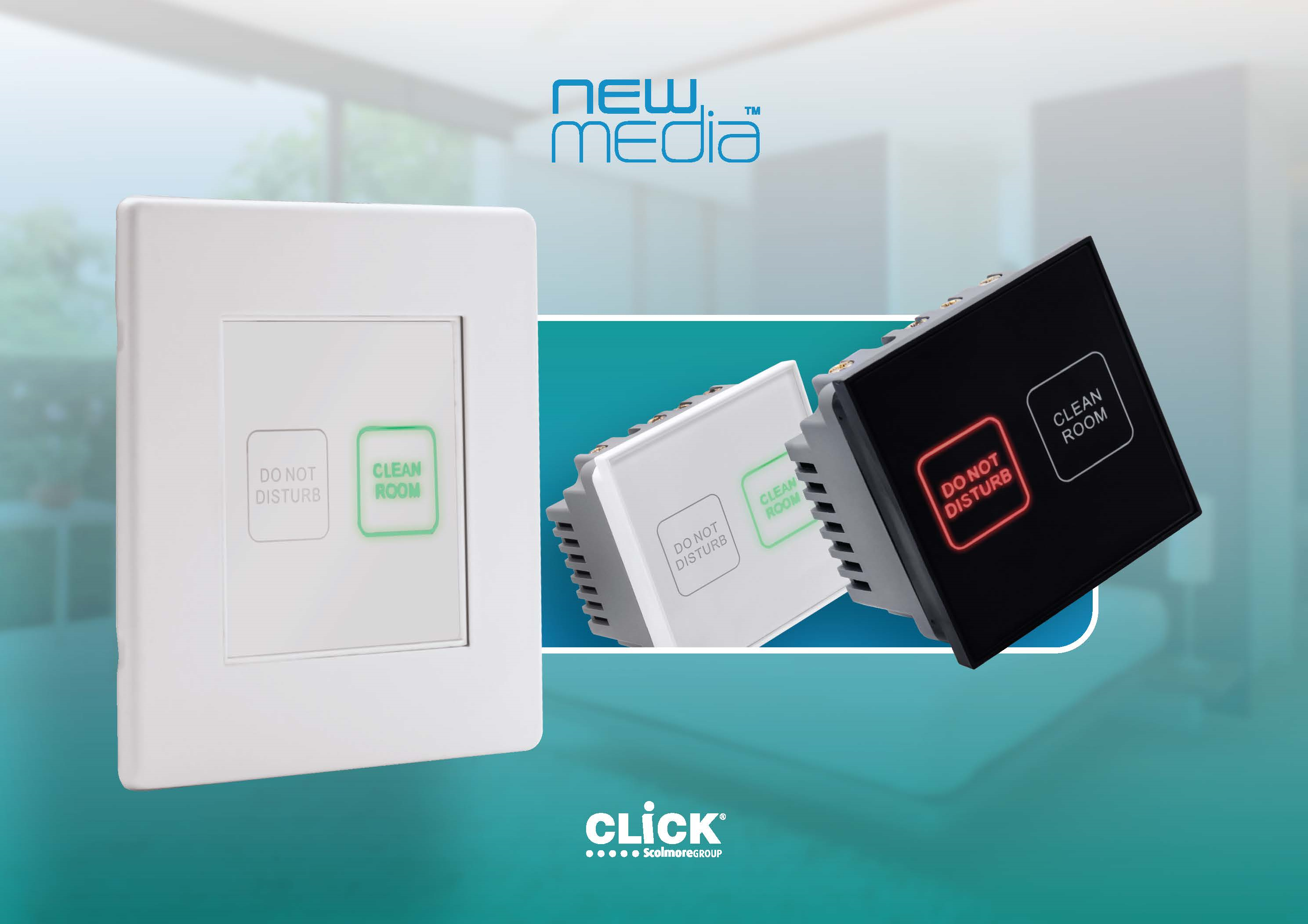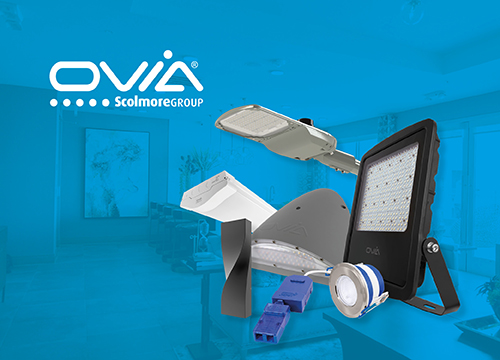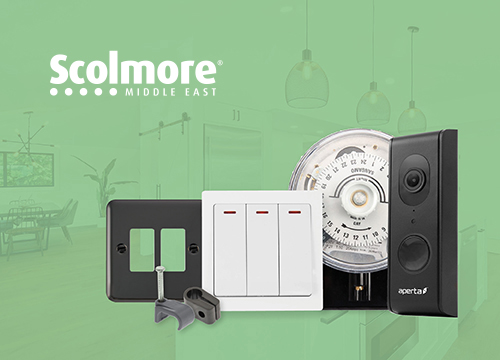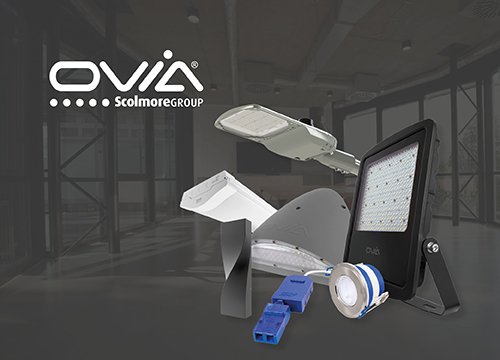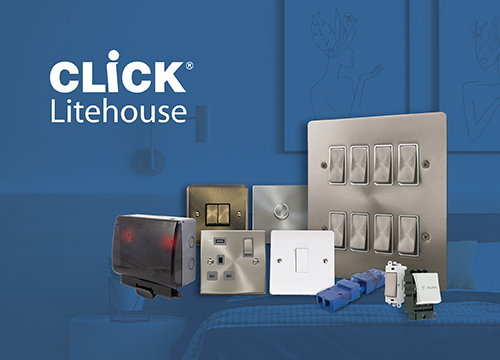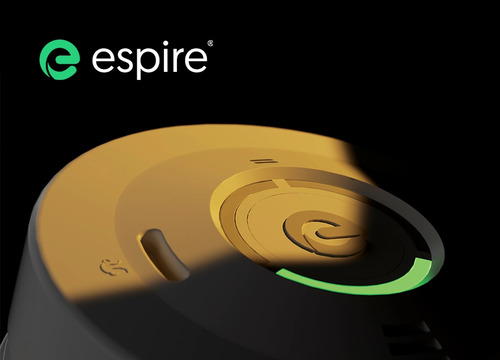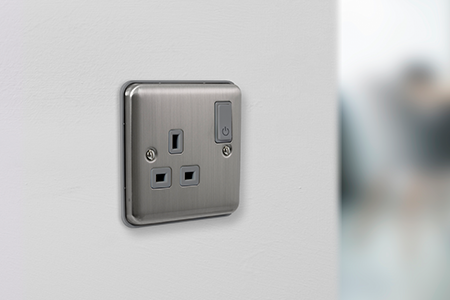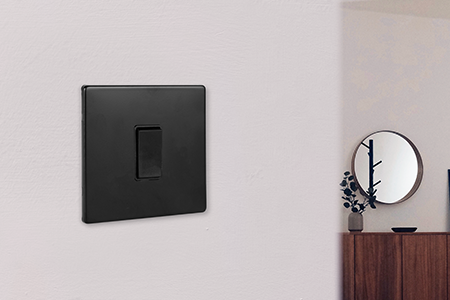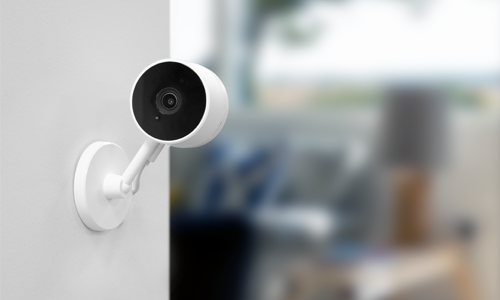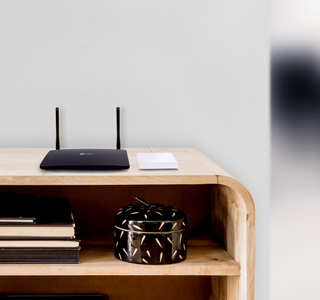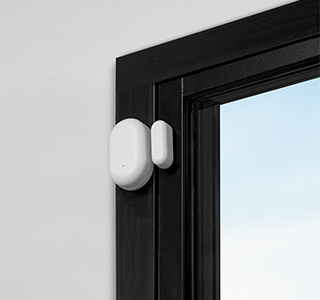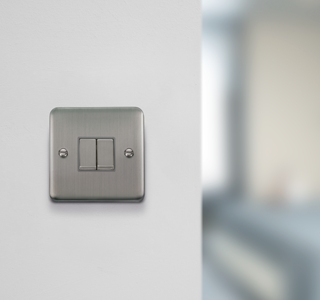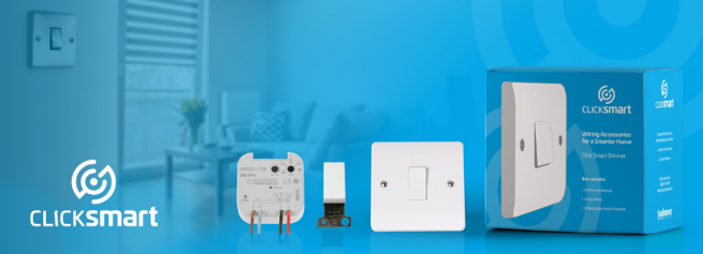
Smart solutions – in a box
A recent survey by online wholesaler Electrical Direct, found that despite the ever-growing popularity of smart home products, many tradespeople are unprepared for the increasing customer demand. The poll found that 82% of tradespeople have never undertaken any form of training in smart home technology and this figure remains largely unchanged following results from the same poll in 2018.
Whilst this may come as a surprise to many, it shows that despite the huge growth in smart technology and smart products ownership, there is still some way to go to meet this demand. On the one hand technology is already an integral part of everyday life for many, in business, recreation and in our homes and the evolution of the smart home continues to gather momentum. Yet as an industry we are faced with a shortage of trained skilled professionals and, as this recent poll suggests, for many electricians, smart home integration is unfamiliar territory.
This overall situation presents opportunities for forward thinking electricians, who are in a prime position to introduce the idea of smart home technology to their customers, providing advice and educating the homeowner and at the same time using their skills to introduce a smart element to their client’s home technology requirement. It also presents manufacturers with the opportunity to provide the wholesalers with the right products for this growing sector and to make sure adequate training is made available to help them understand how they work and feel confident in upselling to their customers.
Intelligent wiring accessories can help make homes smarter. There are products now on the market, like our Click Smart range, which are designed to make it easier than ever for installers to provide a smart upgrade to an existing wiring installation with minimum disruption. Click Smart has at its core accessibility and simplicity for the installer and end user and is designed to bring convenience, comfort, security, energy saving and ultimately more control for occupants and also offering business opportunities for switched on electrical contractors and installers.
Smart switches are devices used for controlling receivers and they consist of a retractive switch module and switch cover plate. They offer a range of solutions that enable the wireless control of receivers from a host of locations.
By looking at typical problems encountered while out on the job, installers can sell a simple solution to the end user and introduce an element of smart control. Here we have identified four such scenarios where a smart switch can provide a solution. To make things even easier, we have produced a boxed solution for each - with every component part necessary to provide the smart solution to a particular issue contained in a handy boxed format.
1) Add an additional switch to an existing light without the need for cabling.
You need to make your way to the bathroom in the middle of the night. It’s difficult to see in the dark and you want to avoid disturbing anyone. The solution is to fit a smart switching module behind the light fitting you wish to activate in the bathroom and then add the switch controller to a convenient place in the bedroom. You can now easily turn the bathroom light on from the comfort of your bed.
2) Fix a flickering light by using a retractive switch instead of a rotary dimmer (wired)
The problem of continuous flickering when you switch on one of your lights with a rotary dimmer can be easily overcome using the multi-functional dimming receiver and a retractive switch. Replace the wired rotary dimmer with the retractive switch and add the receiver to the light fitting. This will instantly stop any flickering that may have occurred.
3) Introduce two-way dimming control from separate locations (wired)
If you have a 2-way switch upstairs and a dimmer downstairs you can turn the light on from the switch. Once dimmed with the rotary dimmer, there is no way for you to increase the brightness. You can only switch the lights on and off at the same brightness. This means you have to walk downstairs which can be hazard if the lighting is set at a low level. By using a multi-functional dimming receiver and two retractive switches, you will be able to dim from both locations, meaning no more risky trips down the stairs in the dark.
4) Add a switch to an outdoor socket for multiple appliances
Provide switching for external power so that sockets on the outside of buildings are only powered when you want to use them. Operate outdoor sockets from the convenience of indoors simply by adding an actuator to the socket to be controlled.
Then add the wireless switch controller to a convenient location indoors for easy access and to control anything plugged into the socket.
The future is definitely smart and, as more consumers become switched on to the idea of being able to control heating, lighting and security in their homes, so the demand for electricians to install the products that will bring this control will continue to rise. If installers are put off by complicated and costly smart control systems, they can start with a back to basics system that offers all the control without the complexity, time, disruption and cost.
The installation of a system like Click Smart is simple and flexible, with no additional cables or wall cutting required, making it ideal for installation within existing or newly constructed buildings. Receivers can be installed behind light fittings or into suitable installation boxes and can be utilised with existing wiring. Existing receivers can also be paired with a universal input switch which converts up to 4 push-button switches. You can move switches freely, relocate them when required and switches can be mounted on glass, wood or walls etc. Smart Switches are mainly powered by battery, so do not require any wiring or additional power supply. With Click Smart you have complete control, and the range allows portable and remote control up to a distance of 200m. Manual and automatic control and adjustment of lights, on/off or lighting scene creation, as well as controlling shutters, blinds, gates, latches and garage doors are all possible.
Smart homes are big business. The spend on home automation, home security and assisted living solutions, estimated at £800 million in the UK in 2018, is growing exponentially and is expected to grow at just under 30% annually until 2021, and even then it will only have reached 40% of homes. It presents a long term opportunity and one worth installers investing in, to upskill and to enjoy a share of the market.
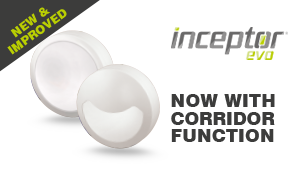
New corridor function for Inceptor EVO LED Bulkheads
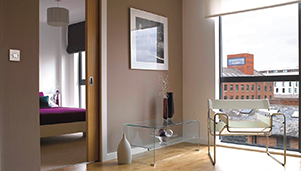
Intelligent wiring accessories
